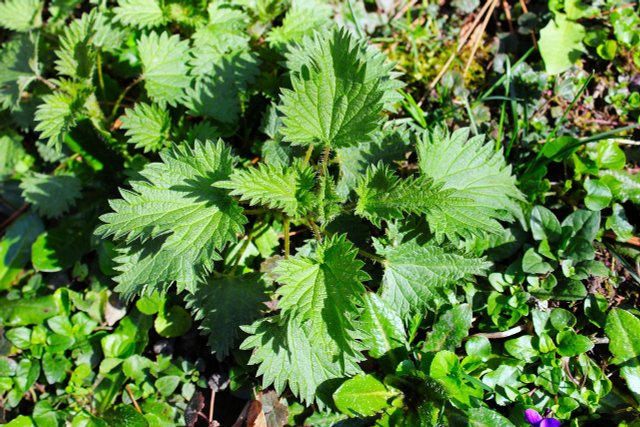
Potassium fertilizer can help plants grow healthier and more resistant. What you should consider when fertilizing and how you can easily make natural fertilizer yourself, you will learn here.
An adequate supply of potassium is essential for the health of a plant. Plants need potassium to form healthy cell tissue and to absorb sufficient water. This ensures that they can better withstand external influences such as heat, drought, disease or frost. In the case of fruit and vegetable plants, an adequate supply of potassium also ensures higher crop yields.
Potassium is also present in the soil in bound form. However, the plants can utilize it very poorly, as they can only absorb the nutrient in dissolved form. Therefore, it makes sense to provide plants with additional potassium fertilizer.
Contents
Make potassium fertilizer yourself: 3 variants

To supply your plants with potassium, you do not have to resort to expensive fertilizers. These often contain questionable ingredients. Instead, you can easily make your own potassium fertilizer that is completely biodegradable. You have three options for this:
- Nettle manure or comfrey herb are fertilizers containing potassium and nitrogen. You need two kilograms of the respective herb. With comfrey, you only take the leaves. With nettles you can use all parts of the plant. Put the herb with two handfuls of stone meal in a large container and pour ten liters of water over it. Note that the slurry will foam up later. Let the mixture ferment for ten to 14 days with an air-permeable cover, stirring every now and then. Use the fertilizer only in diluted form.
- For another fertilizer, simply spread coffee grounds on a large countertop and let them dry. Then you can store the grounds in a screw-top jar and add them regularly to the planting soil.
- A fertilizer made from wood ash is especially useful if you have a fireplace or fire bowl. This way you don’t have to dispose of the ashes from untreated wood, but can use them as fertilizer. Ash from birch, poplar or alder is best. Other types of wood often contain too many heavy metals. You can either work the fertilizer directly into the planting soil or compost it beforehand. You should not use this fertilizer method for crops, but only for lawn and ornamental plants.
Potassium fertilizer: when and how much?
How much potassium fertilizer you need depends primarily on the quality of your soil. In general, the more humus-rich a soil is, the more nutrient-rich it is. Acidic, sandy and calcareous soils usually contain less potassium and need fertilizing more often. How often and how much you need to fertilize can be determined by a soil analysis. If you find that your soil is over-fertilized, you should not use potassium fertilizer because the soil still has more than enough of the nutrient stored.
Timing is also critical: many plants are slightly nutrient deficient after the cold winter months and need additional potassium for the following growth phase. You can fertilize them either in the spring or already in the fall to prepare the plants for the coming frost and prevent a deficiency.
Why potassium is so important

As a rule, young plants do not yet need any additionally supplied potassium, as they still naturally contain sufficient quantities of the nutrient. However, when this store is depleted, a deficiency can quickly develop.
This first becomes noticeable in the outer leaves: They become wilted and turn yellow, especially at the edges and tips. If you then react quickly, the plants should recover within a few days.
However, if you do not supply potassium, a deficiency can have several consequences:
- Plants become more susceptible to disease.
- The stability of the plants will also deteriorate.
- Harvested produce (from fruit and vegetable plants) is more susceptible to frost and drought, tastes less aromatic and rots faster.
However, you should not overdo it with potassium fertilizer either. Excess potassium leads to growth problems and damages the roots.
These plants need potassium fertilizer

Not every plant makes sense to treat it with potassium fertilizer. Species that require a particularly large amount of potassium are, for example:
- Tomatoes
- Potatoes
- Berries
- Sugar beets
- Cucumbers
- Pumpkins
- Leeks
- Celery
- Fruit trees
- Grapes
- Roses
- Geraniums
- Fuchsias
- Lawns

